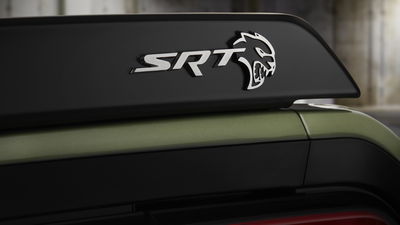Watch Sport+ Mode Help The New Mercedes S-Class Through A Moose Test
If you have a new-ish car, it might well have a sport button, and that could be linked to an adaptive suspension system. Pressing it will usually result in the ride becoming firmer, but how much difference is this actually going to make to the handling?
The truth is this can vary wildly from car to car, but it’s generally vehicles with air suspension whose dynamic characteristics can change the most. The new Mercedes S-Class, for instance, lowers itself by 17mm in its Sport+ mode when the ‘Airmatic’ suspension has been fitted. This should give a lower centre of gravity and a better body roll resistance, and we see this in action via an elk/moose test performed by Spanish publication Km77.com, which we last saw trialling a Toyota GR Supra.
Taking the test at 77km/h (48mph) in Comfort mode (admittedly while the driver wasn’t fully familiar with the car), we see the S-Class leaning heavily and taking out numerous cones. The S did fairly well for a big, heavy, wafty luxobarge, though, with Km77 noting it had “good body control and gives the driver a nice feeling of responsiveness”.

In Sport+, the car looks noticeably tidier. It’s able to clear the test with ease at 74km/h, and although the S-Class can’t quite get through cleanly at 76 and 79km/h, it’s not that far off. The Merc performs nicely in the slalom test, too.
It’s worth noting Km77 used an S-Class without the optional rear-wheel steering, which might just have helped the car through the moose test at higher speeds. We’d also be interested to see the results when switching from this S400d to the incoming AMG model.
div id="buyacar-1" data-make="mercedes" data-model="s-class">














Comments
No comments found.